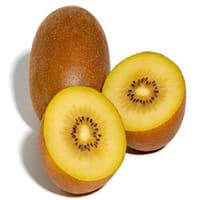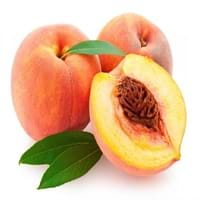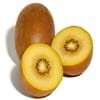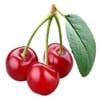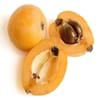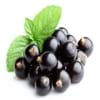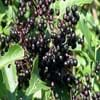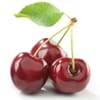Health Benefits
Asthma treatment, Heart care, Improves stomach health, Regulation of heart rate, Treatment of skin Diseases
Cancer prevention, Heart care, Improves eye vision, Reduces stress, Regulation of heart rate
General Benefits
Boosts immune system, Controls blood pressure, Eye care, Helps in weight loss
Anti oxidant properties, Eye care
Skin Benefits
Brightens and lightens complexion, Heals sunburn, Reduces wrinkles, Skin rejuvenation, Treatment of acne, Treatment of dark spots, Treatment of skin diseases
Heals sunburn, Reduces wrinkles, Treatment of skin diseases
Hair Benefits
Prevents hair loss, Promotes longer and healthier hair, Treatment of dandruff
Prevents hair loss
Allergy Symptoms
Abdominal pains, Anaphylaxis, Breathing difficulty, Itching in tongue and other parts of mouth, Itching sensation in throat, Swelling of mouth, tongue or lips, Vomiting
Abdominal pains, Anaphylaxis, Breathing difficulty, Diarrhea, Dizziness, Hives, Itching, Lightheadedness, Nasal congestion, Nausea, Swelling of mouth, tongue or lips, Tingling sensation in mouth, Vomiting, Wheezing
Side Effects
Allergic reaction, Diarrhoea, Skin rash, Possibly unsafe during pregnancy
Allergic reaction
Best Time to Eat
Any time except an hour after meal
As a snack in the late afternoon, Eat the fresh ones, avoid mixing with any other foods, don't eat after meal., Morning time (before lunch)
Vitamin B5 (Pantothenic Acid)
Vitamin C (Ascorbic Acid)
Vitamin K (Phyllochinone)
Phytosterol
Not Available
Calories in Fresh Fruit with Peel
Calories in Fresh Fruit without Peel
Not Available
Not Available
Calories in Frozen Form
Not Available
Season
Spring, Summer, Winter
Autumn, Summer
Varieties
Qing Yuan #27, Qing Yuan #29, Qing Yuan #6 and Huang Yan
Reliance, Sweet Scarlet, Spring Snow, Sugar May, Santa Rosa, Red Beauty, Glowhaven, Cresthaven and Redhaven Peaches
Color
Brown, Yellow
Pink, Red, White, Yellow, Yellowish-orange
Inside Color
Yellow
Yellow
Soil Type
Well-drained
Sandy loam, Well-drained
Climatic Conditions
Cold, Sunny
Cold, Warm
Facts about
- The name Kiwi is due to its resemblance with 'Kiwi' bird.
- This variety of Kiwi was developed by New Zealand, it is not fuzzy on the outside and it has a taste reminiscent of the mango fruit.
- In china, peaches are considered as a symbol of good luck.
- From 1982, august is National peach month in USA.
- In roman times, Peaches were also called as Persian apples, as people assumed that they originated from Persia.
Other Countries
Chile, France, Greece, Iran, Japan, New Zealand, Portugal, Turkey, United States of America
Greece, Italy, Spain, United States of America
Top Importer
United States of America
Germany
Top Exporter
New Zealand
Spain
Botanical Name
Actinidia chinensis
Prunus persica
Synonym
Not Available
Not Available
Subkingdom
Tracheobionta
Tracheobionta
Division
Magnoliophyta
Magnoliophyta
Class
Magnoliopsida
Magnoliopsida
Subclass
Dillenhidae
Rosidae
Family
Actinidiaceae
Rosaceae
Species
A. chinensis
P. persica
Difference Between Gold Kiwi and Peach
We might think that Gold Kiwi and Peach are similar with respect to nutritional value and health benefits. But the nutrient content of both fruits is different. Gold Kiwi and Peach Facts such as their taste, shape, color, and size are also distinct. The difference between Gold Kiwi and Peach is explained here.
The amount of calories in 100 gm of fresh Gold Kiwi and Peach with peel is 60.00 kcal and 39.00 kcal and the amount of calories without peel is Not Available and Not Available respectively. Thus, Gold Kiwi and Peach belong to Low Calorie Fruits and Low Calorie Fruits category.These fruits might or might not differ with respect to their scientific classification. The order of Gold Kiwi and Peach is Ericales and Rosales respectively. Gold Kiwi belongs to Actinidiaceae family and Peach belongs to Rosaceae family. Gold Kiwi belongs to Actinidia genus of A. chinensis species and Peach belongs to Prunus genus of P. persica species. Beings plants, both fruits belong to Plantae Kingdom.
